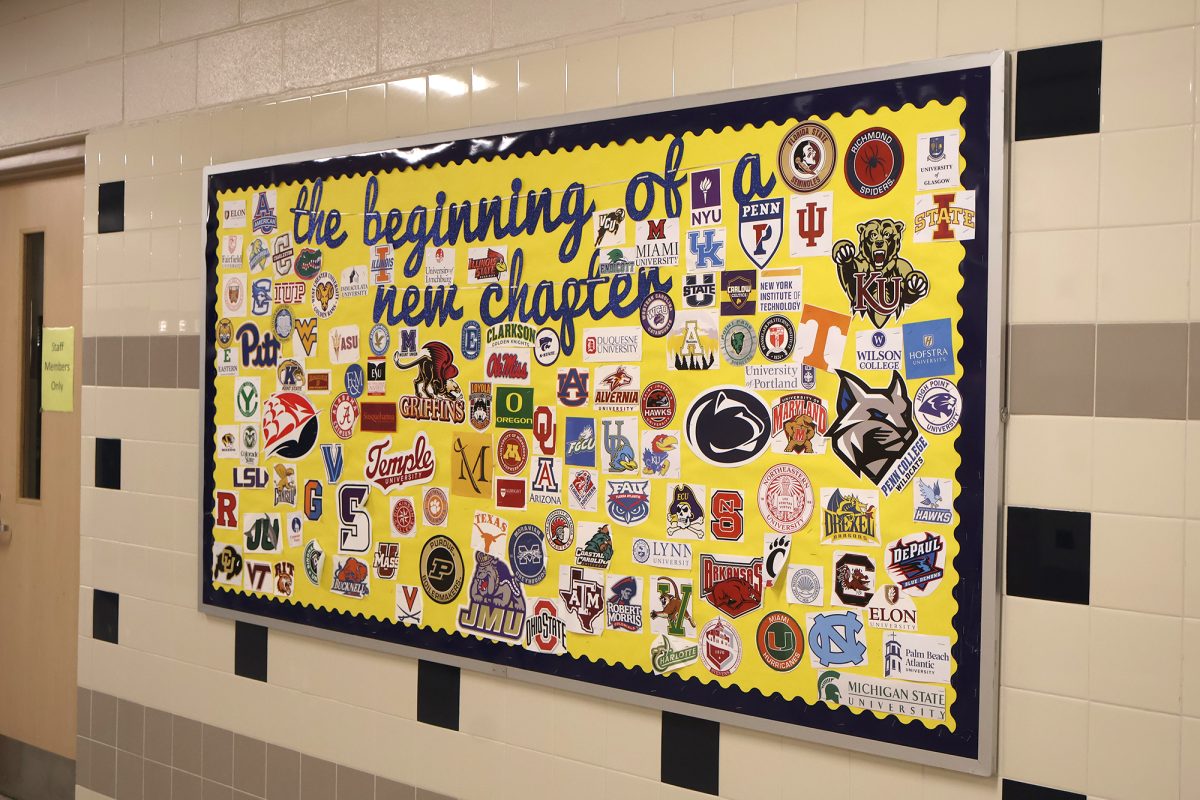Two months ago, I thought being lactose intolerant was like hell on earth. I mean, how could I be expected to give up pizza, ice cream, and cheesy enchiladas? Well, it turned out that I didn’t have to give up any of them at all.
Being lactose intolerant is easier than you’d think. And that’s all thanks to vegan cheese.
I expected vegan cheese to taste worse than it actually was – its appearance being similar to a disgusting clump of yellow that only serves to remind me of what was lost. But it’s actually really good!
Sure, there are differences. The taste is slightly more sweet, and it’s more clumpy and less stretchy. That’s to be expected; it’s plant-based, after all. Overall, they taste very similar to the dairy cheeses we’re familiar with, and brands like Daiya make different types in order to give variety so we can eat like normal people. By “normal”, I mean lactose tolerant people. But what if I told you that lactose tolerance is actually in the minority?
The majority of the world’s population is lactose intolerant, with statistics ranging from 65-to-75% of the global population. In America, 80% of African-Americans, 80% percent of indigenous people, and 90% of Asian-Americans have this condition as well.
The reason for this majority is that lactose tolerance is actually a genetic mutation developed by our Stone Age ancestors in order to produce the enzyme lactase after infancy, a secret history discovered by American geneticist Sarah Tishkoff in 2007. Humans originally lost the ability to digest milk after weaning, but studies show that after North Africans and West Asians domesticated cattle and brought them to Europe, these people started to develop a resistance to lactose around 7,000-9,000 years ago. Natural selection favored those who could eat cheese with an iron stomach, and so the majority of Europe became lactose tolerant, while those in Asia are not to this day. In China, for example, 99% are lactose intolerant, leaving the lactose tolerant population at around only 10 million people.
However, there are still mysteries regarding how lactose tolerance developed due to a lack of archaeological evidence. For example, the Hadza people in Tanzania are 50% lactose tolerant despite being a hunter-gatherer society, which suggests that some groups developed it on their own or have a lactose tolerant ancestor. But overall, the fact still stands that humans are mostly lactose intolerant.
So why isn’t vegan cheese on more menus? As of 2023, around 48% of restaurant menus have vegan foods, and our school’s cafeteria does not have any vegan cheese options at all, with selections ranging from pizza to hoagies to cheesesteaks. There is nothing to lose by simply adding more vegan options, especially since the statistics show that most of Spring-Ford probably can’t digest dairy. While yes, it will add more to the budget, will it really leave a dent considering how much we spend on sports?
If you suspect you’re lactose intolerant, I encourage you to open your heart to the idea of vegan pizza and vegan cheese. Who knows, it just might surprise you.






